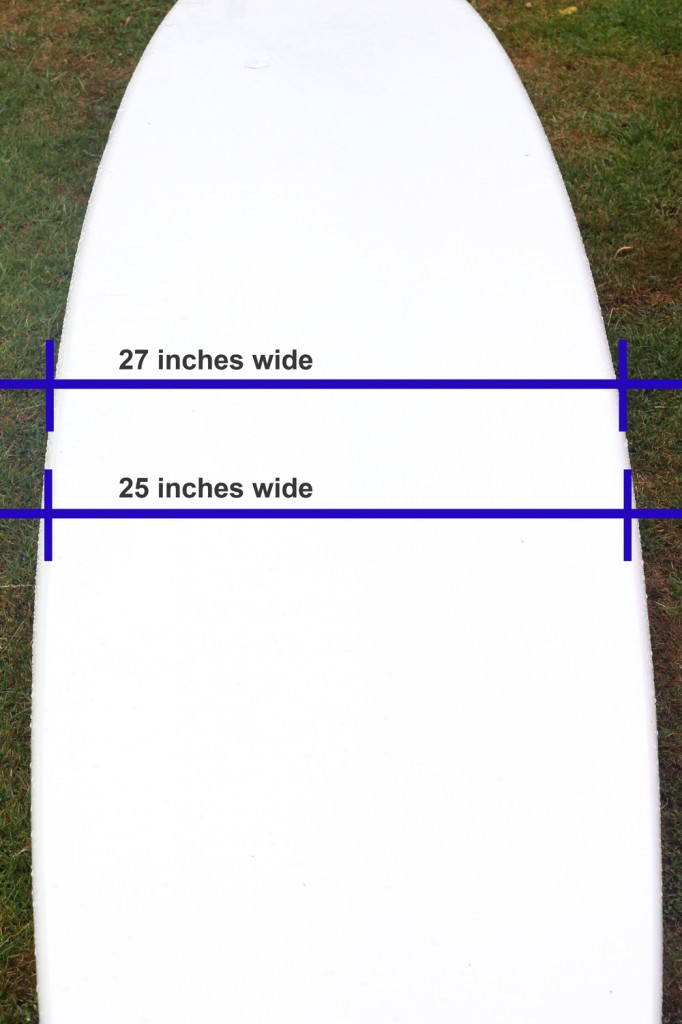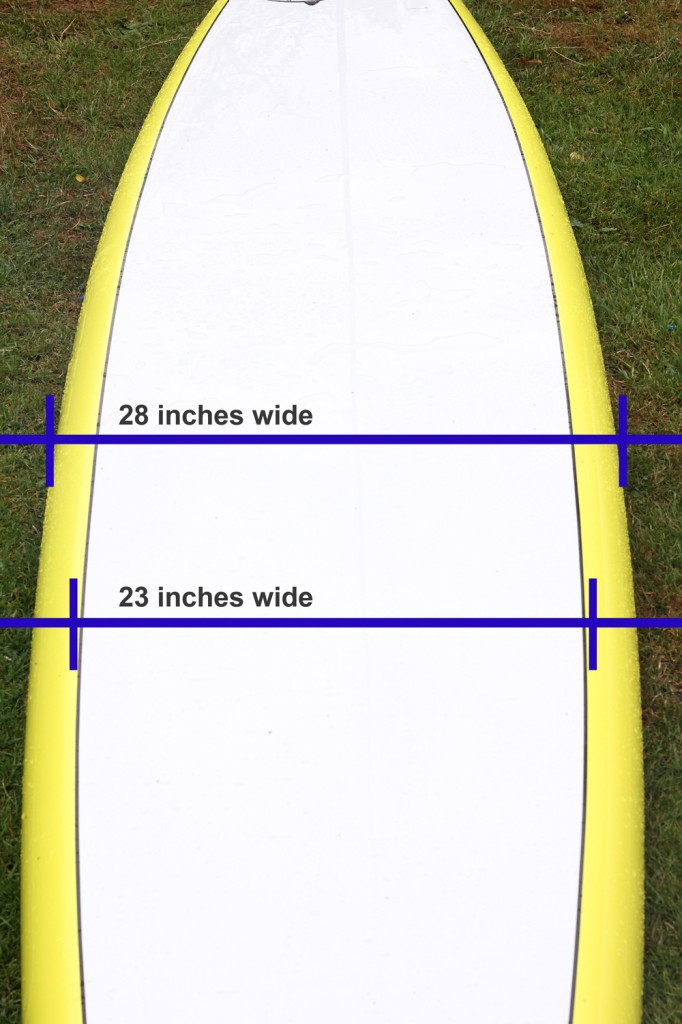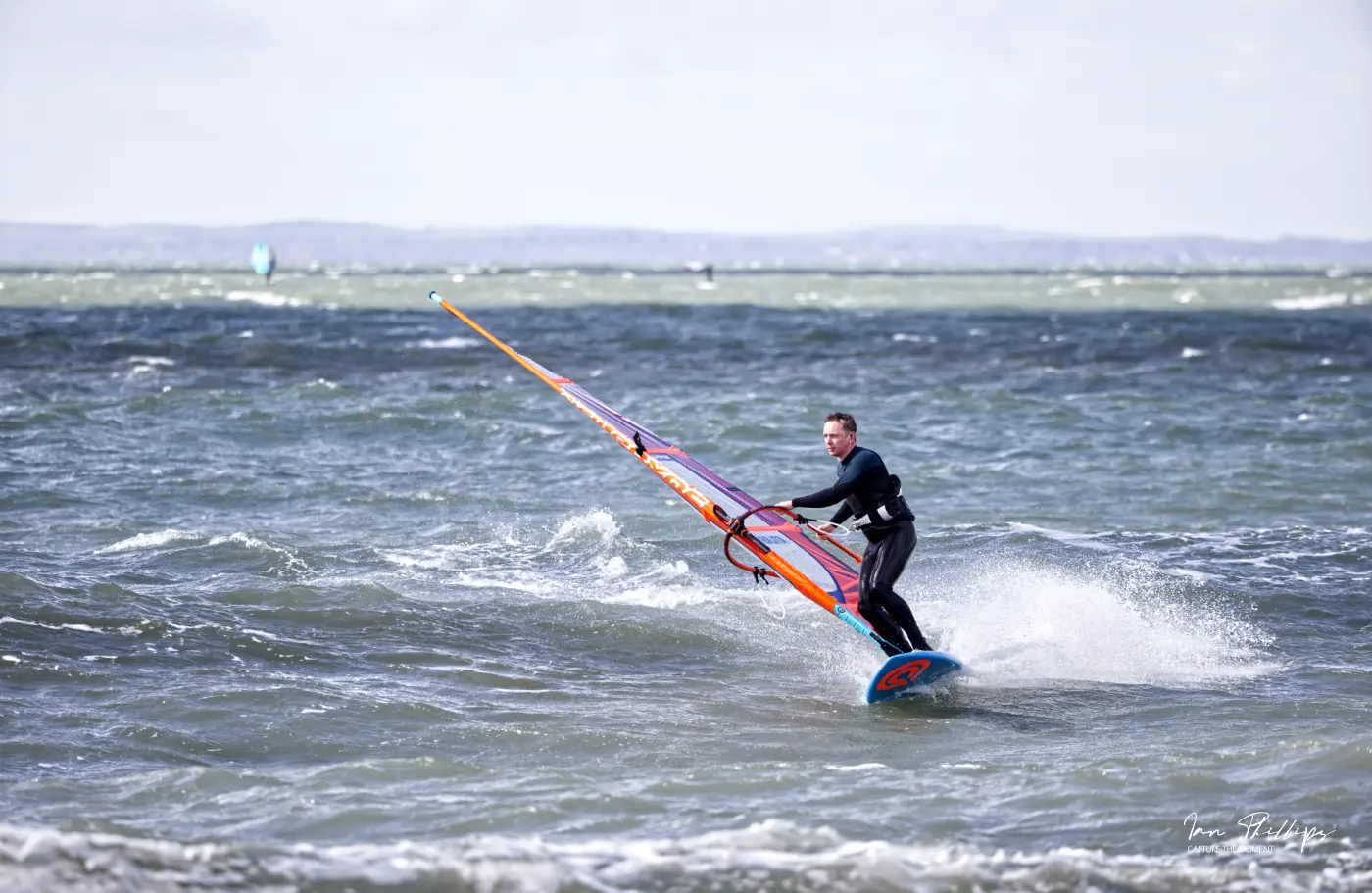For many people the width is the first thing they look at when considering a new board. It seems to shout out that I’ll be right for you, I’ll be stable.
The width of a board seems like a simple number and one that should be considered when looking at suitable boards but does it tell us the whole story.
In the past few months we have had a run of great conditions for downwind and race training conditions with cross on winds and wind blown swell so we have been testing a number of 14ft boards to see how they feel relative to their widths.
The boards on test include a SiC Maui Bullet semi carbon. A Jimmy Lewis M14 and a Jimmy Lews Stiletto.
To clarify the measurements and design type for each board:
- SiC Maui Bullet is a downwind racer.
27.25 wide – Flat to single V with a rounded pin tail. 8.5 inch upright fin - Jimmy Lewis M14 is a out and out downwind board.
28 wide – Flat with very subtle V. Round pin tail. 9 inch pivot style fin - Jimmy lewis Stiletto is a raceboard with both flat water and open water capabilities.
28 wide – A slight displacement underside with very rounded rails and a upright race fin.
Whilst width generally creates a more stable platform it isn’t the only factor involved. Underhull design and rails play a massive part in keeping your board stable as well as rocker line.
The SiC Maui Bullet 14 is a super fast open ocean downwind and raceboard.
The board has a total width of 27.25 inches wide from edge to edge but let’s consider the actual flat of the board underneath. This area only measures 25 wide so this makes it a pretty narrow board and with that you would expect a very unstable platform if you went on numbers alone.
In retrospect the platform has very good stability. The underside has quite a pronounced V that must aid in promoting the speed of this board along with helping to hold the board down. The rails are quite sharp giving a better hold on the water.
The Jimmy Lewis M14 is an out and out downwind board.
At 28 wide this board is insanely stable. Just a fraction of an inch wider than the Bullet overall but offering a much easier ride and enhanced stability, but why?
Well first of all we can see that the flat underside of the board is 26 inches wide is a fraction more than the Bullet. The board has a much flatter underside with less V. Whilst it has full rails they are not as thick as the Bullet. The M14 has a much longer outline i.e from the wide mid section it stays wider for longer as you go back to the tail which is also less pin shaped.
The Jimmy Lewis Stiletto race board
A pure race machine this is the most unstable of all the boards. At 28 wide it has a mere 23 inches of flatter underside which is caused by the very round rails that tuck right under.
As you would expect from a race board, its sole purpose is to be fast and this is created by a number of factors including width, underside shape and rail shape as well as nose and tail design.
The underside never truly goes flat as a flat underside tends to suck onto water so this board has a displacement hull that sheds water but like a canoe it creates role.
Rails are very tucked under that helps to promote easy water release.
The nose is very pointed to ut water meaning that from the mid section you immediately draw in to the nose so reduce your stable platform.
On this board it does have a square tail that gives back some stability. In this case it was done deliberately to increase stability in rough water. Whilst a pin would be even faster it would make it more tricky to ride so it is a pay off.
Conclusion
One thing stands out for me from this basic test. You can’t rely on numbers to tell you about a board. Companies that make obscenely wide boards are doing so to get an immediate result but very very quickly you will outgrow this platform so think about what you want from your board before going too wide. That isn’t too say that stable is bad but you might find you are holding yourself back in the long run.
One thing I teach to everyone from the beginning is the ability to move around the board and don’t simply plant yourself and never move. This is the quickest way to become width reliant.







